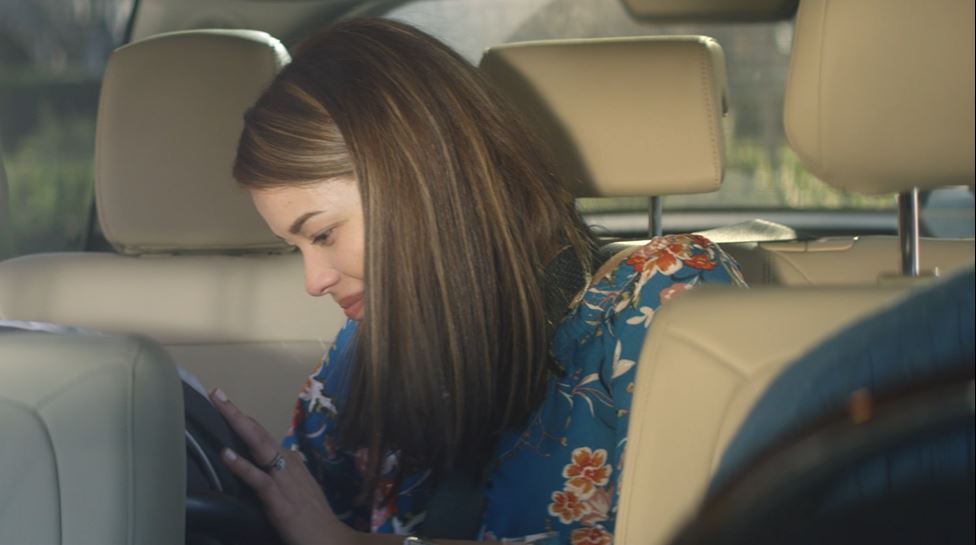
Distracted driving might be the most dangerous thing the average person does every day. Unlike the taboo of drunk driving, most of us readily admit to driving distracted by cell phones.
Despite the difference in perception, the dangers of drunk and distracted driving are similar. In Washington state, distracted driving fatalities had increased by over 32 percent from 2014 to 2015, with 71 percent of distracted driving incidents caused by people using their phones while driving.
To address this dangerous and accelerating trend, Washington passed a new law on distracted driving in 2017, making it illegal to hold and use cell phones while driving, even when stopped in traffic or at a light. Despite the new law, surveys continued to indicate a major gap between drivers' opinions about distracted driving and their actual behavior. While people reported they weren't comfortable riding with others who drove while using their phone, they didn't have qualms about their own distracted driving.
In response, the Washington State Traffic Commission (WTSC) joined forces with C+C in 2017 to bridge the gap between the perception and realities of distracted driving. The team outlined a broadcast and digital campaign to increase awareness and understanding of the risks of distracted driving.
To identify the best audience and address the disconnect from the risks of residents' distracted driving, the team analyzed WTSC's research on distracted driving trends. While men are far more likely that women to engage in most high-risk driving behaviors like speeding or drunk driving, female drivers in fatal crashes were more likely to be driving distracted than their male counterparts. Further analysis revealed that the largest audience most likely to change their distracted driving behavior were mothers of school-age children due to several factors:
Based on the research and understanding of motivations for moms, C+C's creative team began concepting, with a mission to make distracted driving feel personal, relevant and serious.
The team landed on one experience all moms can relate to: the first drive home with a newborn. Through a carefully crafted PSA, the campaign would acknowledge the details of that first drive home with an infant: driving incredibly slowly and under the speed limit, stopping at every stop sign (twice), and checking on the baby constantly. This would re-ignite swirling emotions of excitement, exhaustion, and protective instincts that mothers feel, reminding them that even if their children have grown, a text message or phone call should never get in the way of keeping their family safe.
To reach diverse, statewide audiences, the team worked to develop all campaign assets, including the PSA, in both English and Spanish. The concept was transcreated from start to finish, going beyond literal word-for-word translations to emphasize values, lifestyles and key cultural references to make the campaign resonate. The campaign tagline "On the Road. Off the Phone" became "Put your phone away, if you are going to drive" - an accurate representation of the theme that created an in-language rhyme that would be memorable for Spanish-speaking moms.
To maintain the cross-cultural relevance of the PSA, casting for the lead role was carefully considered. The team ultimately casted a well-known Dominican personality now residing in Seattle who is recognizable by Washington state Latina women but whose look would also resonate with English-speakers.
From set design and set styling to wardrobe, all the details were intentionally designed to be bicultural, with small nuances to ensure the entire PSA resonated with Spanish-speakers but also worked for English speakers as well.
A strategic distribution plan ensured maximum and effective reach across Washington state.
The campaign was extremely successful in reaching and engaging with moms in Washington state. During a three-week timeframe, (March 26th – April 14, 2018), the campaign achieved the following results:
Beyond these metrics, the PSA motivated many mothers to share their own stories and experiences with distracted driving, including:


